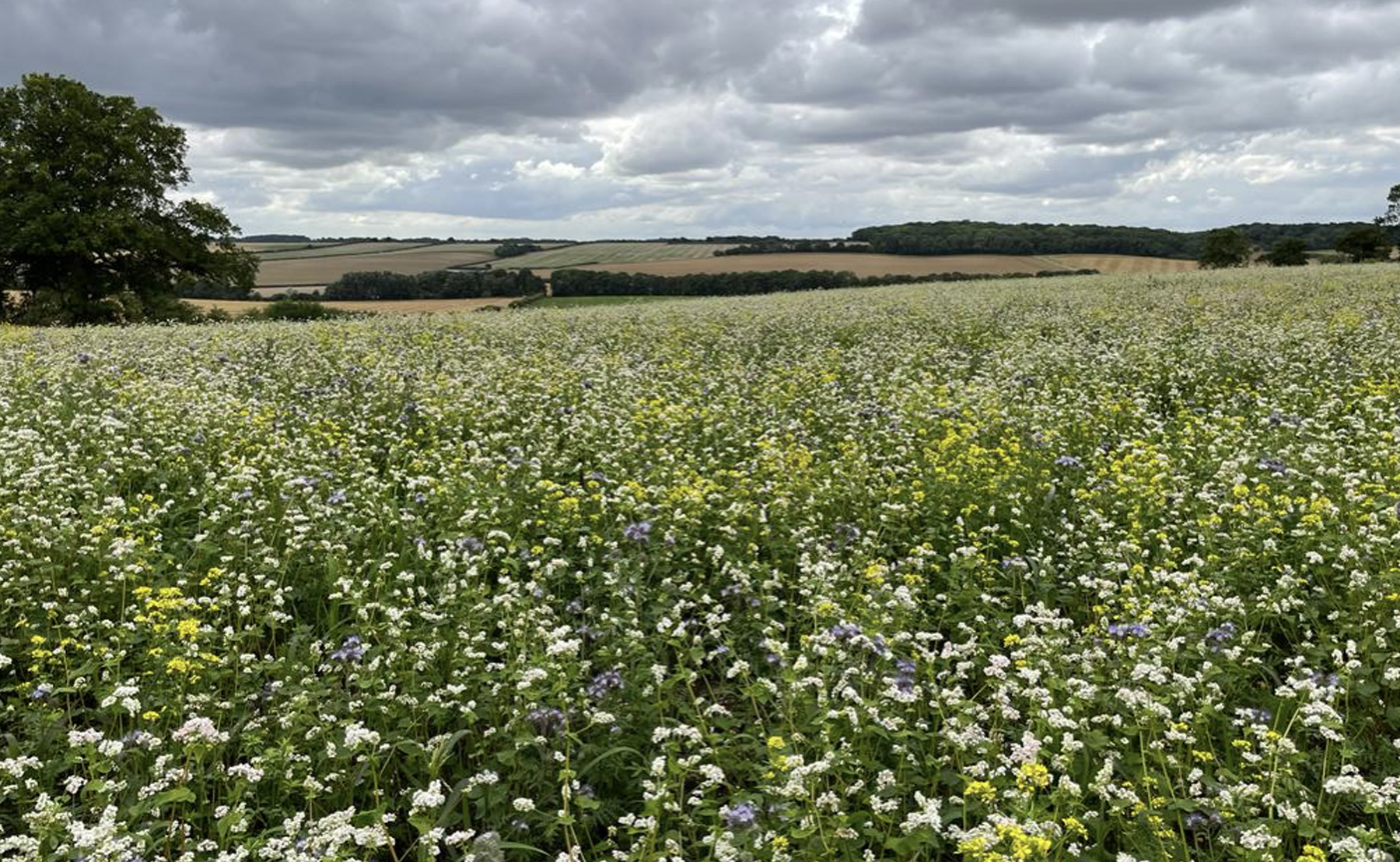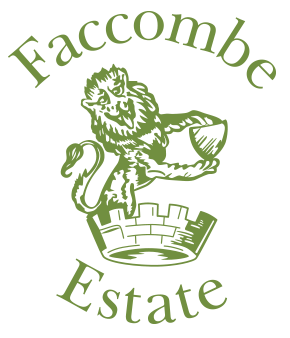← News
Discover the butterflies & wildlife at Faccombe Estate
Here at Faccombe Estate, we are carrying out innovative work to assess how we collectively can create and contribute to microclimates on our land and help species buffer against climate change.
We have been monitoring the populations of butterflies and countless other wildlife for over 16 years on the Estate, championing habitat protection as well as creation. With 2022 being one of the hottest years on record, with droughts from late June until early August, the significance of protecting our already existing wildlife is even more important.

Our annual surveys are carried out from April until September each year. The main transect route covers the chalk slope of Pilot Hill, located to the south-west.
Our extensive management of the land significantly affects the numbers of butterflies and wildlife recorded on the Estate. Collectively the Estate continues to use practices that maintain and enhance the populations.
For example, scrub control and closely monitored sheep grazing over chalk downland between early July to mid-August has helped to preserve a flower rich sward of the steep slopes. Faccombe Estate has a rich population of butterflies, day flying moths, birds, bumblebees, solitary bees and some hoverflies.

During 2022, a total of 28 Butterfly species were recorded with particularly high counts of early summer single brooded Small and Essex Skippers. Excitedly, a nationally ‘vulnerable’ listed spring flying butterfly ‘Dingy Skipper’ was recorded.

Also recorded for the first time was the Wood Tiger moth, typically found in downland and acidic grassland or woodland. The Wood Tiger moth can only survive if herbaceous plants are readily available.

It is vital that our work with managing the natural landscape continues to take precedent to help beat the relentless decline in wildlife habitats.

Collectively working together with land specialists means we can trial new means of management, whilst incorporating known successes to build upon habitat growth and scale them up.
Examples of successful farming in a wildlife-friendly manner shows that agriculture as an industry can reverse wildlife declines, but to this date it has not been delivered on a wide enough spread scale.

